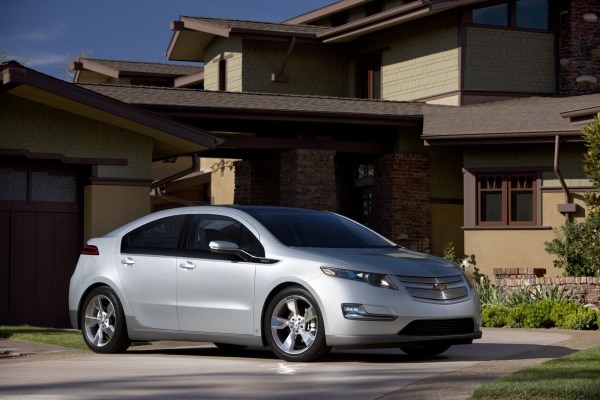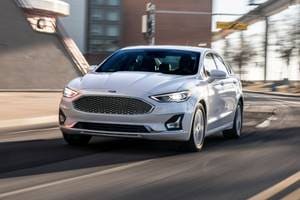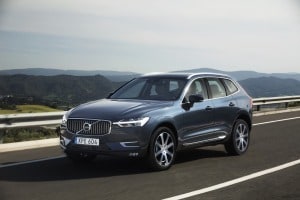The Volt as Lightening Rod

Bob Lutz is in Forbes this week, taking various media outlets to task for picking on the Chevy Volt. (Fox News, in particular.) I have to admit, I am something of a Bob Lutz fan. He says what he thinks, which is rare in the auto business these days. We agree on many things, but when we don't, we can exchange views candidly and move on.
He is right that the Volt is being set upon as a symbol of the GM bailouts. And he is also correct in pointing out that the Volt was around long before most folks even had any whiff of a financial crisis.
But, it is also true that GM went out of its way to put the Volt front and center during its campaign for government cash. Rick Wagoner even went so far as to drive a prototype to Washington. (After the visit in the corporate jet didn't go so well.)
President Obama, when visiting Detroit, notably wanted to see where Volts were manufactured.
The government did not "make" GM build the Volt. On the other hand, cancelling it — which might have been financially prudent during the bankruptcy — would have been politically tone deaf. (Both rescued automakers were under pressure to demonstrate that they embraced environmental sensibilities.)
Let's not forget tax credits offered on the Volt and similar vehicles. In California, Volt buyers, who typically have incomes well into the six figures — rich, by government standards — are happy to talk about the $7,500 tax credit from the federal government, the $2,500 from the state, and the free high-capacity charger from the local utility. (Along with discounted electricity to boot.) All of this is sure to rile fiscal conservatives, but a deeper look would reveal that much of this can be traced back to the Bush administration.
So it is not entirely surprising that the Volt is something of a lightening rod.
What is surprising is that more Volts aren't being sold. Having spent some time with one, I can tell you that it is an interesting vehicle. And yet, the market segment for vehicles with advanced powertrains continues to be dominated by Toyota's Prius. (By dominate, I mean that typically 75% of ALL advanced powertrain vehicles sold are Prius models.)
There are lots of new examples of advanced powertrain vehicles coming to market. The thinking seems to be that with all these new choices, sales are sure to expand.
Maybe.
But what if the market segment for these vehicles is fairly fixed in size? By this I mean that as more get introduced, the slices of share get ever smaller. Looking at the income profile of Volt buyers, for example, would suggest that these buyers could just as easily afford a Fisker or Tesla S as an alternative.
One thing about the Prius that is hard to emulate: It has become "the" alternative powertrain vehicle, as opposed to "an" alternative powertrain vehicle.
Something similar existed for Cadillac until the late Seventies. When someone bought their first Cadillac, it was a recognized symbol that the new owner had achieved "success."
The point being that vehicles are often symbols. And for symbols to work, they have to be widely recognized. Cadillac was at one time a recognized symbol of success. Toyota's Prius is another kind of symbol. One that says that it's owner cares about the environment.
The number of consumers who want their vehicle to be this particular symbol is limited. (And the Prius seems to be their default choice.)
For the Volt (and others) the challenge is to become relevant to buyers who want their vehicle to be about more than symbols.





